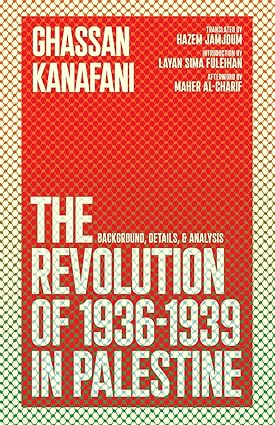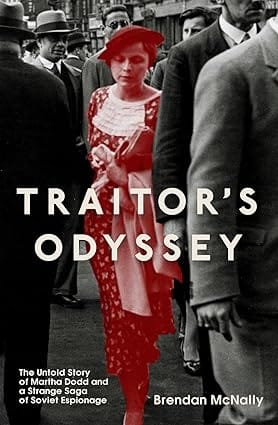WELCOME TO MIDLAND BOOK SHOP!
SHOP FOR
- Contemporary Fiction
- Contemporary Fiction
- Children
- Children
- Comics & Graphic Novels
- Comics & Graphic Novels
- Non-Fiction
- Non-Fiction
- Fiction
- Fiction
Shop No.20, Aurobindo Palace Market, Hauz Khas, Near Church +91 9818282497 | 011 26867121 110016 New Delhi IN
Midland The Book Shop ™
Shop No.20, Aurobindo Palace Market, Hauz Khas, Near Church +91 9818282497 | 011 26867121 New Delhi, IN
+919871604786 https://www.midlandbookshop.com/s/607fe93d7eafcac1f2c73ea4/676a925de6f825019b0470ed/instagram-post-3--480x480.jpeg" [email protected]9788178243061 64e8a168c79aa17f1e569263 The Emergence Of The Delhi Sultanate https://www.midlandbookshop.com/s/607fe93d7eafcac1f2c73ea4/64e8a168c79aa17f1e5692a1/51l8uork65l-_sx320_bo1-204-203-200_.jpg 9788178243061
The Sultans of Delhi came from relatively humble origins. They were slaves who rose to become generals in the armies of the Afghan ruler Muizz al-Din Ghuri. Their transformation into rulers of a kingdom of great political influence in North India was a slow and discontinuous process that occurred through the thirteenth century. For the better part of that century, there were many centres of social and political power in the early Delhi Sultanate. There were military commanders with contending political ambitions, as well as urban elites with contrasting social constituencies, religious ideologies and personal commitments. Such people did not always support authoritarian interventions seeking to create a monolithic state. So, for decades, the Sultanate seemed to disappear from political reckoning and its resurrections were more in the nature of reincarnations. It made its periodic reappearances in bodily forms different from those of its precursors. Ultimately, the Delhi Sultanate survived not just because of the political and military acumen of its rulers and military agents, but because of the ideological investment of a variety of Muslim andeacute;migrandeacute;s that saw the Delhi Sultanate as a sanctuary for Muslims during the period of Mongol holocaust. In The Emergence of the Delhi Sultanate, Sunil Kumar charts the history of the structures that sustained and challenged this regime and of the underlying ideologies eliding its sometimes ephemeral form that gave meaning to the idea of the Delhi Sultanate.
in stockINR 556
1 1
Email ID already exists!
Your Current password is incorrect
Password Updated Successfully
Thanks for your Feedback
The Emergence Of The Delhi Sultanate
ISBN: 9788178243061
₹556
₹695 (20% OFF)SIZE GUIDE
Sold By: Hauz Khas - Aurobindo Market
Details
- ISBN: 9788178243061
- Author: Sunil Kumar
- Publisher: Permanent Black
- Pages: 440
- Format: Paperback
Book Description
The Sultans of Delhi came from relatively humble origins. They were slaves who rose to become generals in the armies of the Afghan ruler Muizz al-Din Ghuri. Their transformation into rulers of a kingdom of great political influence in North India was a slow and discontinuous process that occurred through the thirteenth century. For the better part of that century, there were many centres of social and political power in the early Delhi Sultanate. There were military commanders with contending political ambitions, as well as urban elites with contrasting social constituencies, religious ideologies and personal commitments. Such people did not always support authoritarian interventions seeking to create a monolithic state. So, for decades, the Sultanate seemed to disappear from political reckoning and its resurrections were more in the nature of reincarnations. It made its periodic reappearances in bodily forms different from those of its precursors. Ultimately, the Delhi Sultanate survived not just because of the political and military acumen of its rulers and military agents, but because of the ideological investment of a variety of Muslim andeacute;migrandeacute;s that saw the Delhi Sultanate as a sanctuary for Muslims during the period of Mongol holocaust. In The Emergence of the Delhi Sultanate, Sunil Kumar charts the history of the structures that sustained and challenged this regime and of the underlying ideologies eliding its sometimes ephemeral form that gave meaning to the idea of the Delhi Sultanate.
User reviews
NEWSLETTER
Subscribe to get Email Updates!
Thanks for subscribing.
Your response has been recorded.

India's Iconic & Independent Book Store offering a vast selection of books across a variety of genres Since 1978.
"We Believe In The Power of Books" Our mission is to make books accessible to everyone, and to cultivate a culture of reading and learning. We strive to provide a wide range of books, from classic literature, sci-fi and fantasy, to graphic novels, biographies and self-help books, so that everyone can find something to read.
Whether you’re looking for your next great read, a gift for someone special, or just browsing, Midland is here to make your book-buying experience easy and enjoyable.
We are shipping pan India and across the world.
For Bulk Order / Corporate Gifting
 +91 9818282497 |
+91 9818282497 |  [email protected]
[email protected]
Click To Know More
INFORMATION
ACCOUNT
QUICK LINKS
ADDRESS
Midland Book Shop - Hauz Khas
Shop No.20, Aurobindo Palace Market, Near Church, New Delhi
Shop No.20, Aurobindo Palace Market, Near Church, New Delhi














